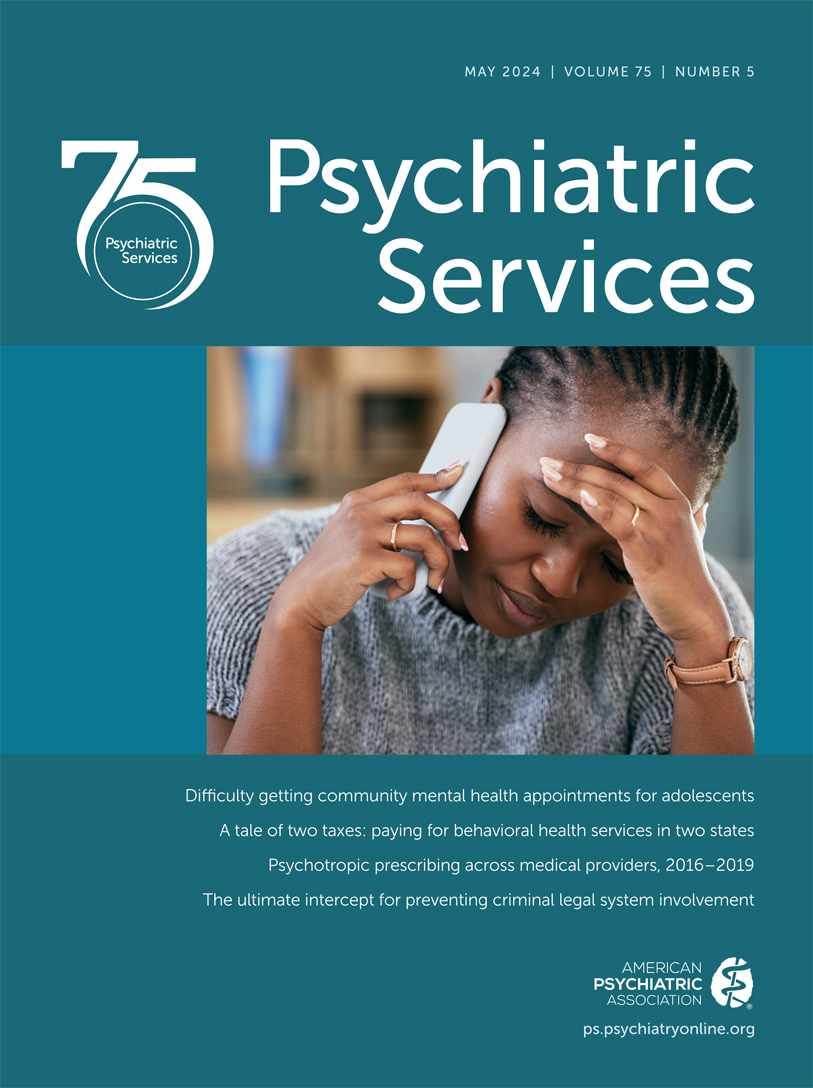Role of Early Psychosis Detection in the Relationship Between Personal Income and Duration of Untreated Psychosis
Abstract
Objective:
Prolonged duration of untreated psychosis (DUP) predicts poor outcomes of first-episode psychosis (FEP) and is often linked to low socioeconomic status (SES). The authors sought to determine whether patients’ personal income, used as a proxy for SES, predicts length of DUP and whether personal income influences the effect of an early psychosis detection campaign—called Mindmap—on DUP reduction.
Methods:
Data were drawn from a trial that compared the effectiveness of early detection in reducing DUP across the catchment area of an FEP service (N=147 participants) compared with an FEP service with no early detection (N=75 participants). Hierarchical regression was used to determine whether personal income predicted DUP when analyses controlled for effects of age, race, and exposure to early psychosis detection. A group × personal income interaction term was used to assess whether the DUP difference between the early detection and control groups differed by personal income.
Results:
Lower personal income was significantly associated with younger age, fewer years of education, Black race, and longer DUP. Personal income predicted DUP beyond the effects of age, race, and early psychosis detection. Although Mindmap significantly reduced DUP across all income levels, this effect was smaller for participants reporting lower personal income.
Conclusions:
Patients’ personal income may be an important indicator of disparity in access to specialty care clinics across a wide range of settings. Early detection efforts should measure and target personal income and other SES indicators to improve access for all individuals who may benefit from FEP services.
Access content
To read the fulltext, please use one of the options below to sign in or purchase access.- Personal login
- Institutional Login
- Sign in via OpenAthens
- Register for access
-
Please login/register if you wish to pair your device and check access availability.
Not a subscriber?
PsychiatryOnline subscription options offer access to the DSM-5 library, books, journals, CME, and patient resources. This all-in-one virtual library provides psychiatrists and mental health professionals with key resources for diagnosis, treatment, research, and professional development.
Need more help? PsychiatryOnline Customer Service may be reached by emailing [email protected] or by calling 800-368-5777 (in the U.S.) or 703-907-7322 (outside the U.S.).



